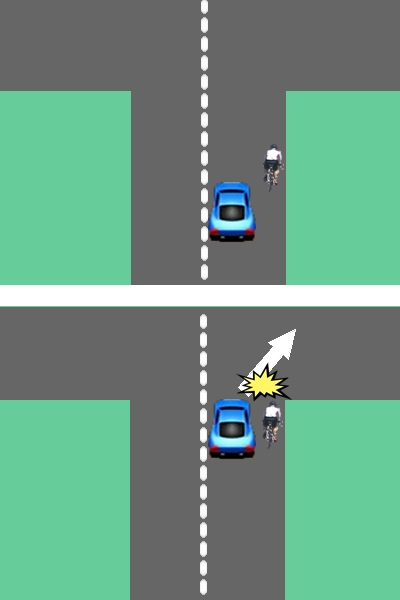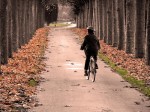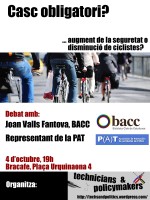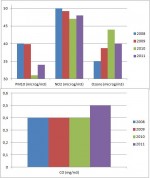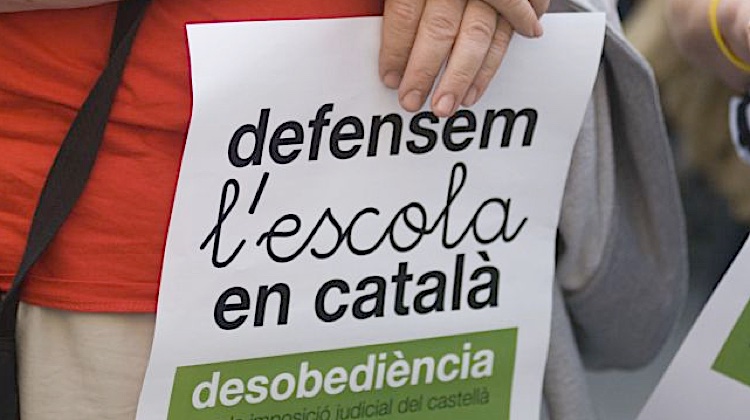The death of a cyclist is a rude awakening for fellow cyclists. Crashes are a reminder to all drivers — whether drivers of a car or a bike — that we need to be careful, thoughtful and defensive when we’re behind the wheel or the handle bars.
I drive defensively, which means cautiously, deliberately and with total awareness of my surroundings and its potential hazards. Riding a bike for transportation has reinforced this tendency. As a result of being a daily bike commuter, when I do drive a car, I do so as if I am on a bicycle, applying the same level of attentiveness and cautiousness that is required when cycling.
On a bicycle, it is important to be totally alert, utterly aware and hyper-focused on anticipating the actions of others. Call me paranoid, but I am determined to never be in an accident.A cyclist needs to have keen situational awareness or 360-degree knowledge of what is going on around them at all times. I call it hyper-vigilance.
Hyper-vigilance is defined as an enhanced state of sensory sensitivity, with a tendency to perpetually scan the environment for threats. In normal circumstances, such behavior may be considered pathological and thus not very healthy. On a bicycle, it’s a commitment to self-preservation.
Bike commuting doesn’t have to be perceived as scary, but it does require a healthy respect for the hazards around you. Perhaps to a greater extent than when you are in a motor vehicle, you must be totally engaged in what you are doing.
Here are some specific ways you can drive your bike extra defensively:
Consider yourself invisible on a bike: assume that every car does not see you until you are sure they do (make eye contact or exchange some form of communication).
Assume cars at intersections aren’t stopping, until you are certain they are! Take the best New Jersey Defensive Driving Class.
Use extra caution in “transition zones,” like the ends of sidewalks. Always slowly and carefully enter a roadway or a crosswalk (and don’t assume a crosswalk is a safe zone). Be careful when crossing a driveway when biking on a sidewalk.
Slow down and observe cars at every intersection to try to discern their intentions, even when you have the right-of-way. Look for cars that might be turning left in front of you (called the left cross).
Choose the most cautious choices in low-light conditions, for example, opt out of stopping in the lane for a left turn and instead, cross like a pedestrian.
Make yourself super visible by riding in the lane, wearing bright and reflective clothing, and using a bright light system from dusk to dawn and on low-light days.
Riding safely and intelligently can take a lot of the risk out of cycling. Crash data reveal that if you follow the rules of the road, bike with the flow of traffic, are careful in transition zones and act defensively (wait and watch), your chances of getting in an crash are low.
